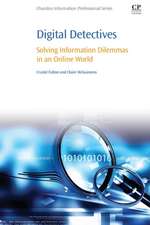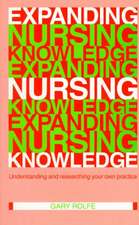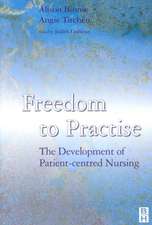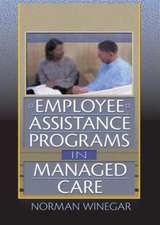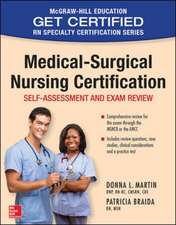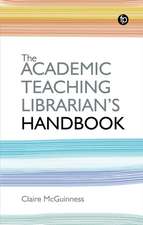Simulation-Based Education: A Practical Approach for Health and Care Educators
Editat de Elizabeth Simpson, Claire McGuinness, Catie Patonen Limba Engleză Paperback – 2 aug 2024
Simulation-Based Education provides practical advice for undergraduate and postgraduate educators on how to plan and deliver SBE across a range of health and social care disciplines. It covers the planning, delivery and evaluation of SBE, hints and tips for success, and interactive immersive simulation in a variety of education settings.
Written by SBE specialists from across the healthcare disciplines, the book uses a 'workshop' approach that encourages readers to evaluate their current practice and apply new knowledge to develop their strengths, making it invaluable for the entire SBE team.
Preț: 221.96 lei
Preț vechi: 307.67 lei
-28% Nou
42.48€ • 44.18$ • 35.07£
Carte disponibilă
Livrare economică 17-31 martie
Livrare express 08-14 martie pentru 98.58 lei
Specificații
ISBN-10: 0702082074
Pagini: 210
Dimensiuni: 191 x 235 x 10 mm
Greutate: 0.32 kg
Editura: Elsevier
Cuprins
Foreword: This will present an overview of Simulation Based Education (SBE) including:
- . Definition of SBE
- . Background to SBE
- . Rationale for the use of SBE in health care education
Introduction
1. The role of Simulation Based Education in healthcare education
This chapter will present an overview of the role SBE education plays in the quality assurance of technical and non-technical skills of staff within the healthcare setting. It will highlight the significance of SBE in the promotion of patient safety and recognise the role it plays in facilitating a learning environment in which it is safe for healthcare staff to make mistakes, without consequences (Association for Simulated Practice in Healthcare [ASPiH] 2016).
2. Simulation for Inter-professional Learning: The many faces of SBE.
Within chapter 2, we will present the benefits of using SBE to facilitate a variety of professionals practising together in a safe space. This chapter will consider the role SBE plays in forging teams in practice, and providing opportunities for inter-agency working. It will consider SBE in a variety of environments. Case studies will be used to demonstrate ways in which challenges in inter-professional learning have been overcome and the clinical effectiveness of this when transferred to the healthcare arena.
3. A team approach to SBE: Developing Simulation Faculty
This chapter will consider the team involved in delivering SBE and will present details around the role of each member and the importance of collaboration within that team. From a teaching faculty perspective, this will include detail around the role of the Pre-briefer and De-briefer. It will discuss the pivotal role of simulation technicians and technologists as faculty members supporting SBE. The concept of confederates and simulated patients as specialist faculty members will be presented, and the preparation and training of both will be discussed.
4. Simulation for skills acquisition Within chapter 4, simulation for skills acquisition will be discussed and strategies for the delivery of sessions involving single skills will be presented. It will invite readers to consider the benefits and challenges to this and present opportunities to develop sessions, using the information presented within the chapter. It will also present the concept of preparing learners for the simulation environment.
5. Scenario writing: Combining Human Factors Science, Quality improvement and Simulation This will present practical advice on scenario writing and the reader will be encouraged to participate within this chapter. Aspects to be considered will include writing Learning Outcomes
for both technical and non-technical skills (suite of non-technical skills) and developing realistic scenarios to achieve these. The role of SBE in promoting clinical decision making skills will be discussed and strategies to develop scenarios which will facilitate this will be discussed.
6. Developing large Scale Simulation: practical and interactive lecture based Participant Response Systems. This chapter will present the concept of taking simulation outwith the normal confines of small group sessions and provide the reader with a strategy to deliver SBE on a large scale. It will include detail of Participant Response System (PRS) software packages available and provide a practical guide to planning, executing and evaluating large scale SBE sessions.
7. Virtual Reality Virtual Reality (VR) is an emerging concept within healthcare SBE and merits discussion within the book. This chapter will consider the existing use of VR in simulation and present ideas for using this and developing resources on a budget.
8. Interactive reusable learning objects (RLOs) Similar to chapter 6, this will provide a practical guide for readers on how to develop Interactive, online RLOs. It will present details of software packages to develop these.
9. Measuring impact of Simulation For those responsible for measuring output from their service delivery of SBE, this chapter will present strategies for audit and measurement of impact of a service. For educators and specialist faculty It will also discuss tools which can be used to measure the impact SBE has had on learner's practice.

